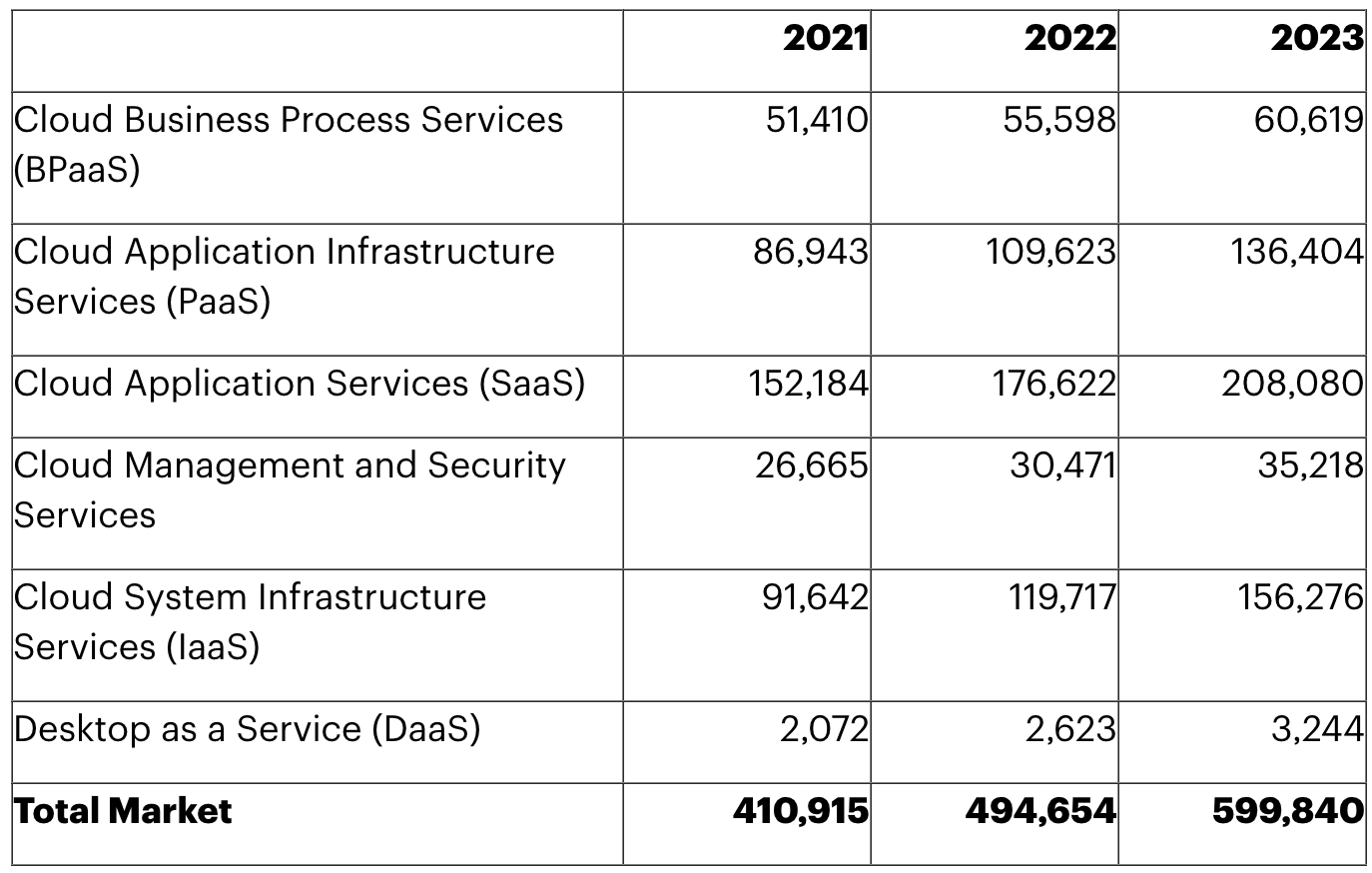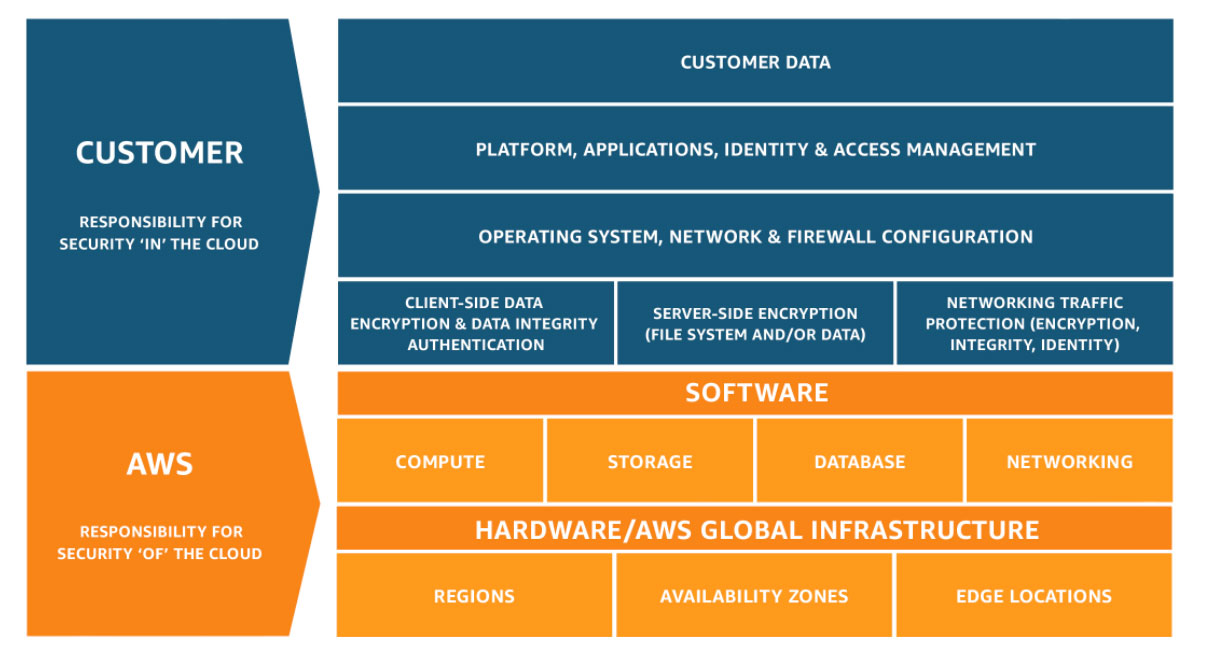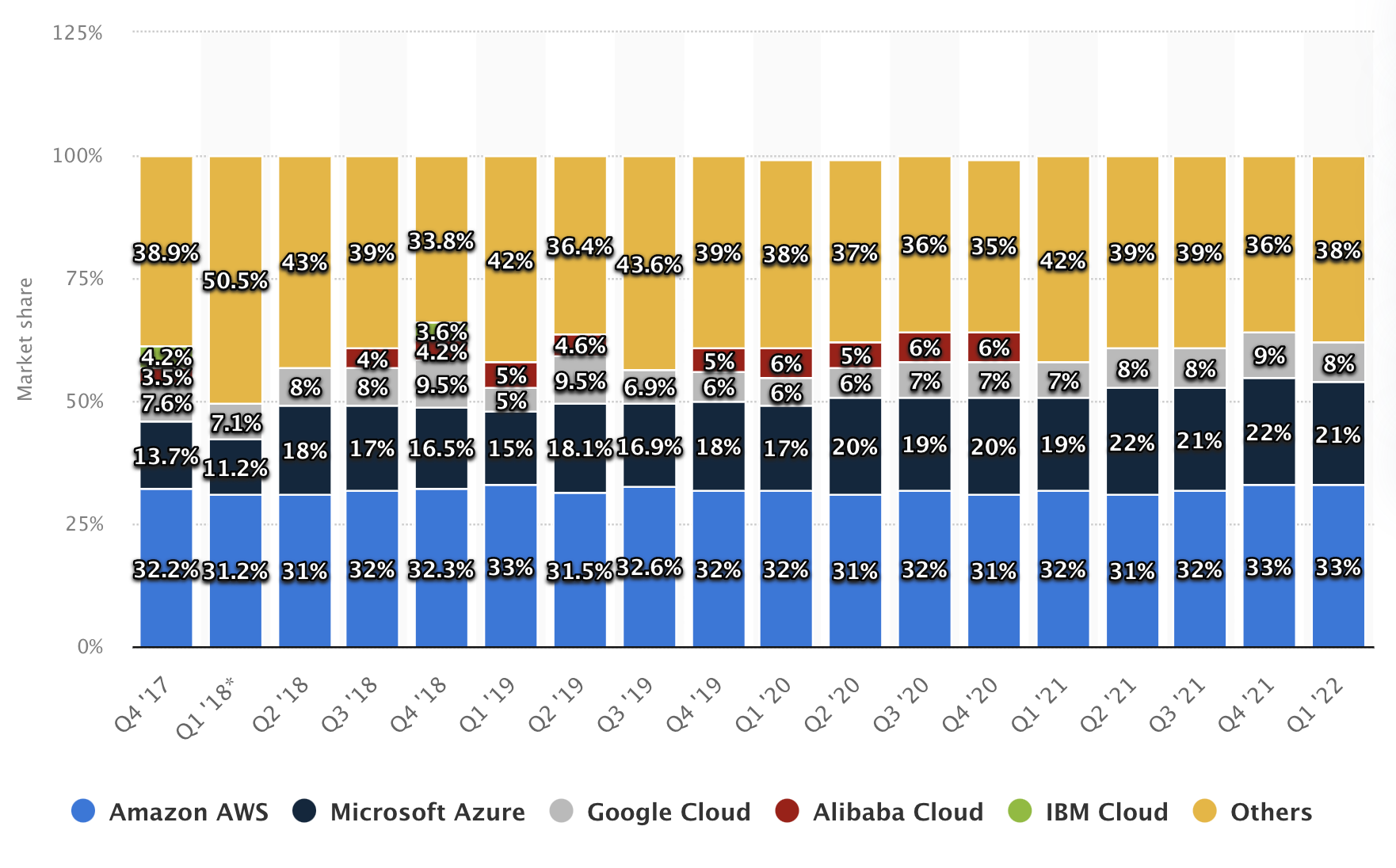Why should you migrate to AWS cloud?
Cloud migration. What is it? Why is it so widely spoken about? And should your business look towards migrating to the AWS Cloud?
The basics
First things first, we’ll quickly go over the basics of ‘what, why and how’. Quite often, terms like migration, adoption and cloud shifts, can begin to merge into one, so we’ll split any confusing elements and shoot straight from the hip, so to speak.
Cloud migration is, in it’s most simplest sense, the process of moving digital assets (think IT resources, data and applications) to a cloud infrastructure.
The cloud infrastructure and cloud provider of choice can be unique, dependent on a company’s current processes and workflows. Some continuing to use cloud providers such as Microsoft Azure or Google Cloud Platform (GCP). However, for this insight, we’ll be looking at migration to Amazon Web Services (AWS) cloud.
As an Advanced AWS Partner, we are a little biased when it comes to choosing which cloud provider to migrate to, and the benefits each can bring. But as a specialised AWS Partner, there are many reasons we chose to take this route and not specialise in other cloud provider tools and services. We’ll tie these reasons into cloud migration specifically for this insight, in the hopes of being transparent in our reasons for AWS migration specifically.
Now for many, cloud migration is often spoken about when talking about moving from on-premise to a cloud provider for the first time. However the term is also used when talking about the movement from one cloud to another cloud. This is something that we experience quite often at Firemind, as businesses are looking for more competitive pricing, faster storage and data access options, and the ability to hyper-scale, as and when their business grows. As you’ll see from the Gartner 2021 report below, cloud predicted spends, particularly in initial migrations, are exceptionally high, as more and more businesses seek to use the cloud.

Worldwide public cloud services end-user spending forecast (figures are in thousands of Millions, in U.S. dollars)
Limitless potential
Before we speak about advantages of AWS specific migration, we’ll first cover some of the major reasons for a business to migrate to the cloud in general. As you can tell from this title, moving from on-premise storage and process solutions to the cloud, opens up limitless potential for growth, scalability, data storage and tools. The cloud has access to computer resources and tools that can effectively do anything you need them to do. Over the years, the number of cloud services, from simple data storage to advanced machine learning tools, has exploded. Making any business requirement and complicated process needed to achieve them – attainable!
On tap, no purchase necessary
With cloud computing, gone are the days of having to own or rent expensive hardware to facilitate your online processes. With cloud migration, you can effectively ‘tap’ into what’s needed, when you need it, only paying for services and data costs when in use. This removes the headache of high bills, third party services and fees as well as it putting you in a position of control, when looking at costs, data access, security and more.
Everything is transparent and can be calculated and organised, based on each cloud providers pricing structures and levels of usage.
Reliable and resilient
The big cloud service providers run a worldwide, world-class network of facilities. Each packed with cutting-edge technology, improved upon and evolved by a specialised team. This ensures everything from keeping network latency low to delivering near unparalleled data backup and disaster recovery.
No matter where the people who need access to your tools are, the cloud typically brings them closer together, making your business service/offering more resilient and reliable for your end user.
As you’ll see in the AWS Shared Responsibility Model below, reliability and resilience form both sides of the same coin, ensuring customers and their consultancy partners (like Firemind) are responsible for security and reliability in the cloud, whilst cloud providers such as AWS are responsible for the resilience and security of the cloud itself.

This shared model can help relieve a customer’s operational burden as cloud providers like AWS operate, manage and control the components from the host operating system and virtualisation layer, down to the physical security of the facilities in which the service operates.
Simplify and maintain
Maintaining computer hardware and software for your business is a full-time job. With public cloud, you don’t have to have employees spending time dedicated to the tedious maintenance of equipment that doesn’t directly contribute to business objectives.
Your chosen cloud service provider ensures the infrastructure is in place, so your tech wizards can focus on driving business outcomes, not business headaches.
Agile and scalable
We’ve briefly touched on scalability, but let’s delve a little deeper as scalability can mean so much when talking about the cloud.
The measure of cloud scalability simply means that the resources you’re using (or intend to use) can scale quickly and effortlessly, as your business needs grow or diminish. We liken this process to that of an e-commerce store at Christmas. Now this store throughout the year will go through peaks and troughs, as website users, account accesses and orders grow and drop. But at Christmas, the business knows that it will receive a surge of new and current users, all of whom require significant resources to ensure their website journey, checkout process and payment facilitation goes smoothly. The business can then, before the busiest dates, scale up their resource allocation, providing more resources (at a higher cost), which enable their customer journey and experience to remain fast and smooth. Without the ability to scale these services and resources, they know that their customers would likely become frustrated with the experience and simple go ‘back to google’, in search of a similar site that sells the items they require.
Scalability demands infrastructure, and infrastructure demands a well defined and robust architecture, that cloud providers such as AWS have in abundance. But, scalability itself relies on being agile in how it can scale, and for this we need to take a closer look at the more specific services of agility and elasticity.
Elasticity in the cloud
Elasticity is the ability to acquire resources as you need them, and release resources when you no longer need them. In the cloud, this process is managed and created in a way that makes it automatic. Avoiding the common issues of manual elasticity and human error.
Most people, when thinking of cloud computing, think of the ease with which they can procure resources when needed. This is only one aspect to elasticity. The other aspect is to contract when they no longer need resources. Scale out and scale in. Scale up and scale down.
Some services do this as part of their service: Amazon S3, Amazon SQS, Amazon SNS, Amazon SES, Amazon Aurora, etc. Some require vertical scaling, like Amazon RDS. Others integrate with AWS Auto Scaling, like Amazon EC2, Amazon ECS, AWS Fargate, Amazon EKS, and Amazon DynamoDB. Amazon Aurora Serverless and Amazon Athena also qualify as elastic.
As you can see from the list, Amazon Web Services have a very well packaged selection of tools that are made from the ground up with elasticity and scalability in mind. Due to their robustness and heavy use within thousands of business workflows and operations, the data they have gathered has provided rich grounds to enhance and refine all of the tools and services. This is one of the reasons that we love what AWS brings to the table in terms of cloud migration. It’s difficult to find another cloud provider that has the resource, range of services and data to enable such a wide breadth of functioning services to make customer migration projects work so seamlessly.
AWS leading the pack
We’ve looked at why your business would benefit from cloud migration, but let’s look a little closer at AWS cloud migration benefits as well as Firemind’s migration offering.
When/if your business is looking to migrate, one of the first steps you’ll want to take is to ‘take stock’ of what you have, what you’re using and what you want to ship with you. AWS Application Discovery Service helps customers plan their migrations by gathering information about their on-premise data centers as well as any external cloud providers currently in use. Firemind uses these tools as well as our own exclusive offering, to accelerate a business or organisations AWS cloud migration.
AWS also have the coveted AWS Migration Acceleration Program (MAP). MAP is a comprehensive and proven cloud migration program based upon AWS’s experience migrating thousands of enterprise customers to the cloud. Enterprise and SMB migrations can be complex and time-consuming, but MAP can help accelerate cloud migrations and their modernisation journey with an outcome-driven methodology.
MAP provides tools that reduce costs and automate and accelerate execution, tailored training approaches and content, expertise from AWS Partners like Firemind as well as AWS investment. MAP also uses a proven three-phased framework (Assess, Mobilise, and Migrate and Modernise) to help businesses achieve their migration goals.
Through MAP, you can build strong AWS cloud foundations, accelerate and reduce risk as well as offset the initial cost of migrations. The image below shows how AWS have been able to keep close to 1/3 market share of all cloud growth, in a very competitive market. Whilst not solely due to MAP and migration benefits, the experience and technical prowess for migration services against competitors has ensured AWS have a stable and reliable flow of new businesses.

Cloud infrastructure services vendor market share worldwide, from 4th quarter 2017 to 1st quarter 2022
Hear from the team
“AWS continue to provide the best range of migration services that meet any customer use case. They have a much deeper eco-system for managed services, specifically relating to Machine Learning (ML) and Artificial Intelligence (AI). They’re also best suited for startups, due to more maturity in Open Source initiatives and overall transparency”. – Darren O’Flaherty – Firemind Solutions Architect & Migration Specialist
Firemind’s Migration.core
Firemind’s Migration.core provides a secure and production level environment, shifting your business from on-premise or alternative cloud provider to AWS. It’s been built and crafted by our team to feature all of the benefits that AWS brings to the table when looking to migrate.
By migrating to AWS, your business can take full advantage of the most cost-effective, scalable and reliable cloud infrastructure in the market.
Get in touch
Want to learn more?
Seen a specific case study or insight and want to learn more? Or thinking about your next project? Drop us a message!

